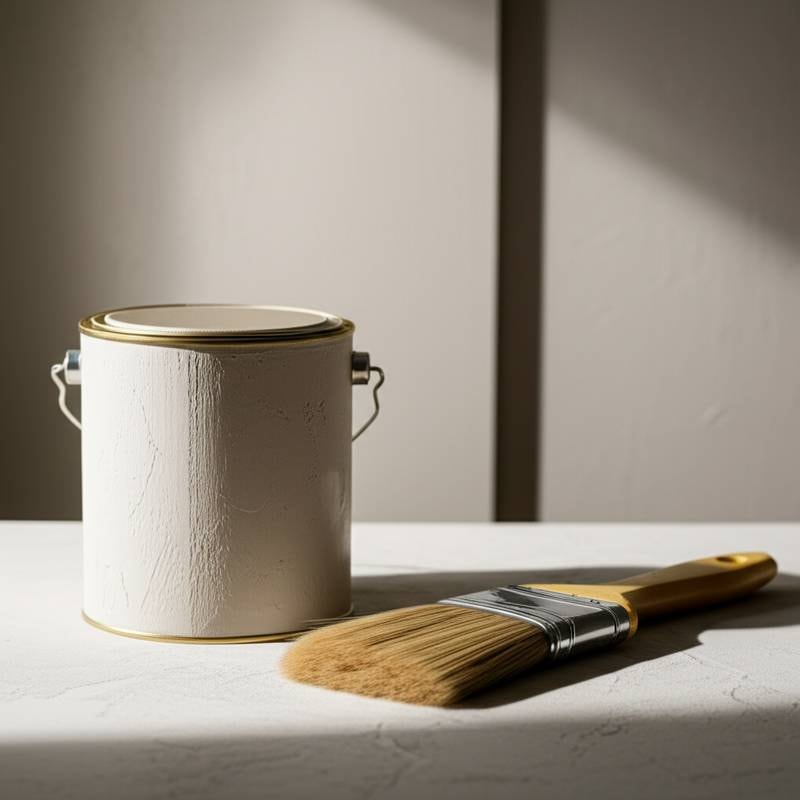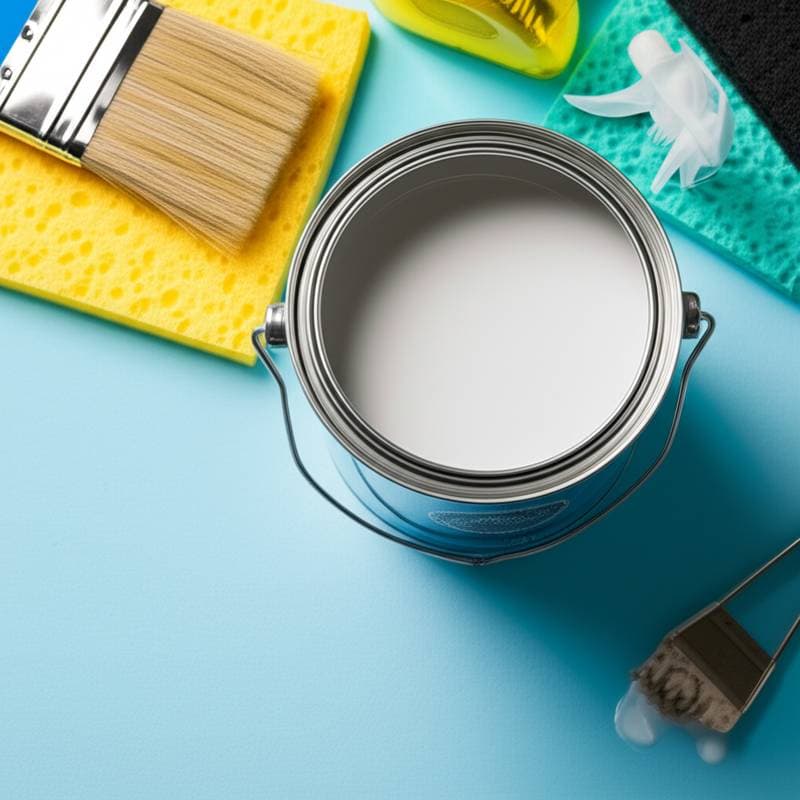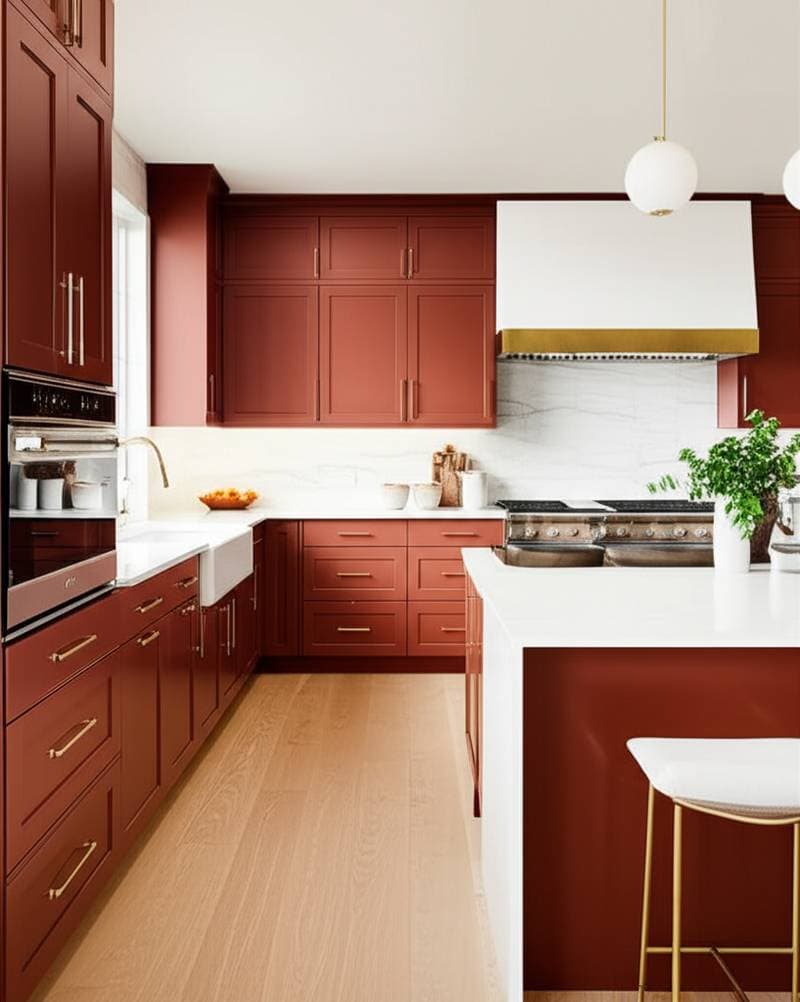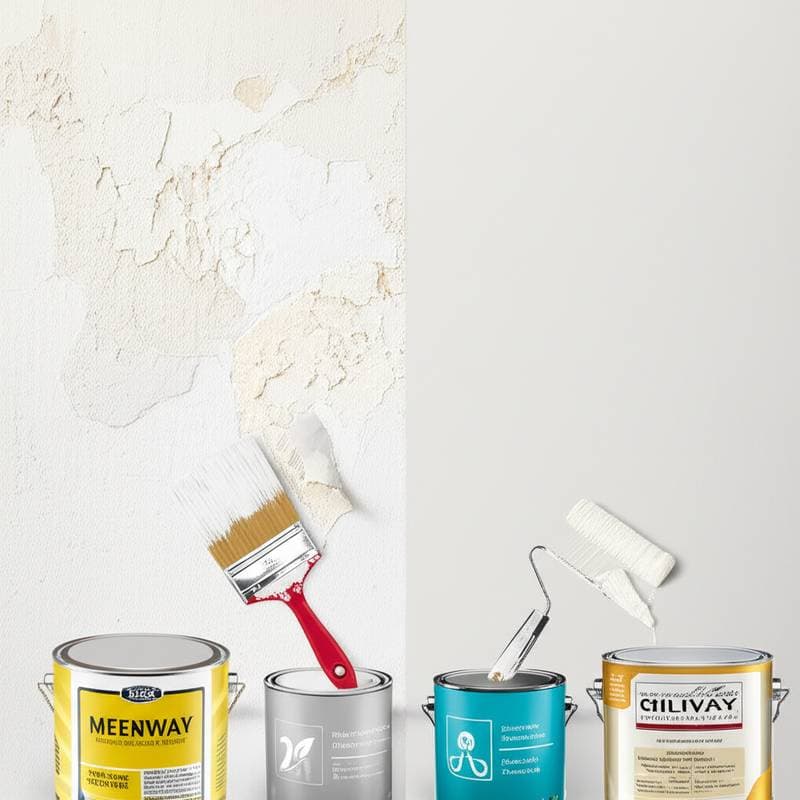The Real Reasons Limewash Paint Prices Will Triple by 2025
Limewash paint has captured widespread interest due to its distinctive soft texture and natural appearance. Homeowners value how it imparts depth and warmth to walls while relying on non-synthetic components. However, the escalating price of limewash paint often catches people off guard. Grasping the elements behind these price hikes enables homeowners to make sound choices for painting or renovation endeavors.
Project Cost Breakdown
Average Cost Ranges
- Basic limewash project: $3,000 to $4,200 for a single room with minimal preparation
- Standard limewash project: $4,500 to $6,800 covering multiple rooms and standard surface work
- Premium limewash project: $7,000 to $9,500 for custom colors and intricate applications
What's Included
- Thorough surface preparation, including cleaning and patching
- Application of two to three coats using genuine limewash
- Sourcing of materials and precise color blending
- Final protective sealant and comprehensive cleanup
What Costs Extra
- Repairs to complex or textured walls prior to painting
- Custom mixing of pigments and sourcing of imported lime
- Setup of scaffolding for elevated or multi-story areas
- Specialized protective coatings for high-moisture zones like bathrooms or exterior surfaces
Factors That Affect Final Cost
| Factor | Cost Impact | Examples |
|---|---|---|
| Material sourcing | High | Sourcing imported lime putty and rare mineral pigments from Europe or Asia |
| Application method | Moderate | Applying multiple thin coats to build texture and ensure even coverage |
| Labor expertise | High | Hiring certified artisans experienced in traditional limewash techniques |
| Wall condition | Variable | Addressing cracks, efflorescence, or prior sealant removal on aged plaster |
| Project size | Moderate | Scaling up for larger homes, commercial spaces, or extensive exterior work |
Why Prices Have Risen So Sharply
Multiple dynamics have converged to elevate limewash paint prices. Material availability stands as the primary driver. Genuine limewash depends on hydrated lime and natural pigments, resources plagued by supply constraints. The production process involves extended curing and aging stages that resist acceleration. With surging global demand from architects and designers, suppliers impose higher prices to allocate scarce stock.
Labor specialization represents another key influence. Applying authentic limewash demands techniques distinct from conventional painting. Artisans must master layering for visual depth and blending minerals for color stability. Such expertise remains in short supply, prompting elevated hourly rates. Contractors frequently pursue advanced certifications to satisfy sophisticated client preferences, which in turn raises overall project expenses.
Surface preparation adds further complexity and cost. Limewash bonds effectively only to porous, unsealed substrates. Achieving this on legacy plaster or brick surfaces necessitates meticulous cleaning, neutralization of contaminants, and sometimes removal of incompatible layers. These preparatory steps demand additional time from skilled workers and specialized materials, amplifying the total investment.
Professional vs. DIY Application
Homeowners occasionally opt to apply limewash independently, yet outcomes prove inconsistent. DIY kits range from $200 to $600 and offer initial savings. Professional results, however, deliver superior depth through proprietary tools like badger-hair brushes and sea sponges. Experts also calibrate mixtures according to environmental factors such as ambient humidity and substrate porosity, ensuring enduring performance.
Making the Right Choice
Prospective limewash project owners benefit from obtaining multiple detailed quotes. Verify the authenticity of materials, as some economical proposals substitute synthetic mimics for traditional lime formulations. Inquire specifically about preparation protocols, coat quantities, and post-application sealing. Selecting a contractor with verifiable limewash portfolio examples safeguards against subpar finishes and unexpected expenses.
Frequently Asked Questions
Why does limewash cost more than regular paint?
Limewash incorporates mineral components that require extended production and precise application processes. The need for specialized training among applicators elevates labor charges significantly.
How long does a limewash project take?
Interior projects typically span three to seven days. This timeline accounts for drying intervals between coats, any required surface repairs, and environmental considerations.
Can homeowners apply limewash themselves?
Homeowners can attempt it, provided they possess adequate skills and conduct proper preparation. Professionals, however, produce refined texture gradients and more resilient outcomes.
What should I ask before hiring a contractor?
Request details on their limewash experience, proof of insurance, specific preparation techniques, and the lime variant employed. Insist on a written estimate delineating materials from labor costs.
How often does limewash need maintenance?
Indoor limewash endures for over a decade with minimal intervention. Exterior installations might require refreshes every three to five years, contingent on weather exposure and location.
What are common issues during limewash projects?
Discoloration or powdery buildup can arise from inadequate surface readiness. Experienced applicators mitigate these by fine-tuning dilution levels and performing exhaustive pre-application cleanses.



